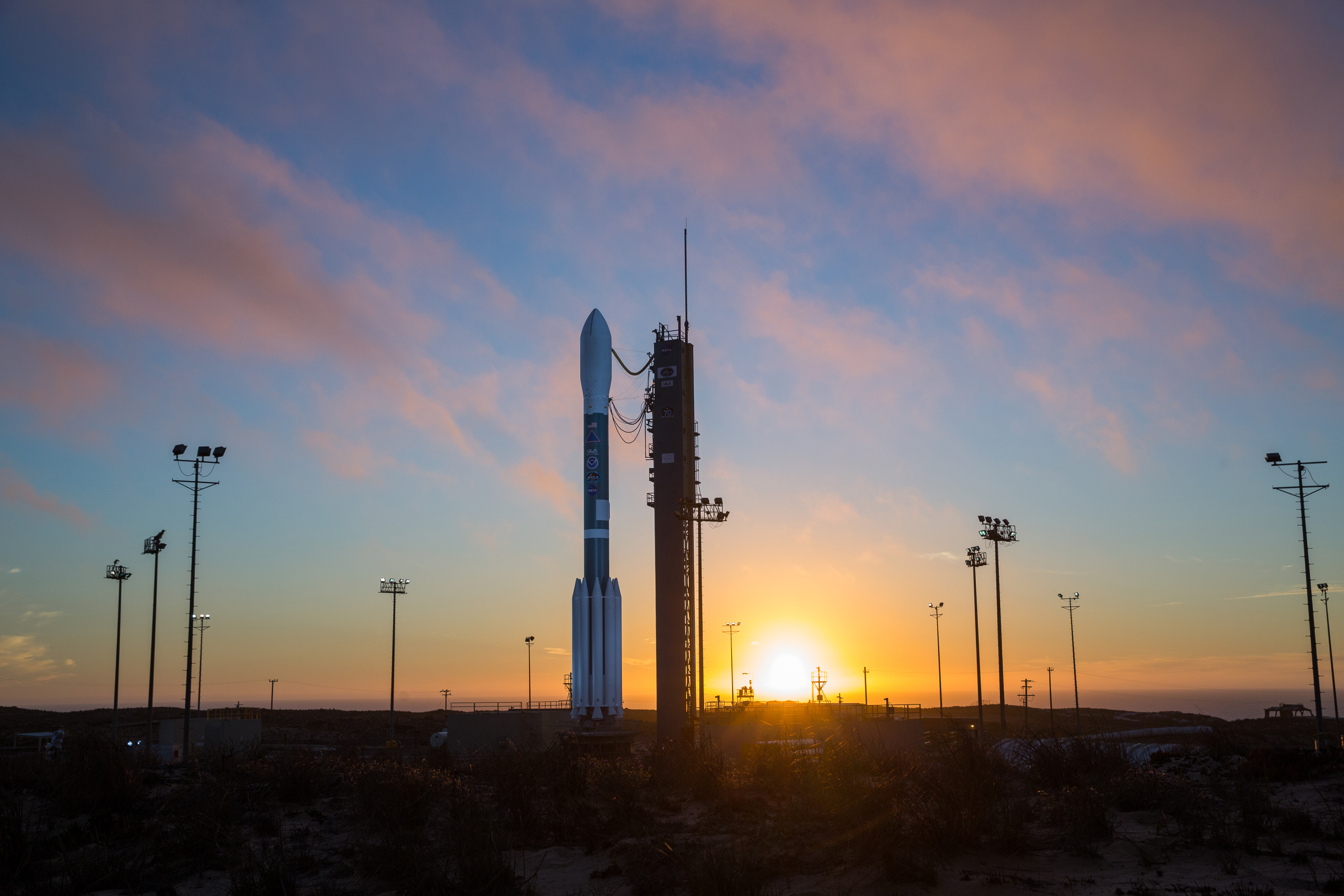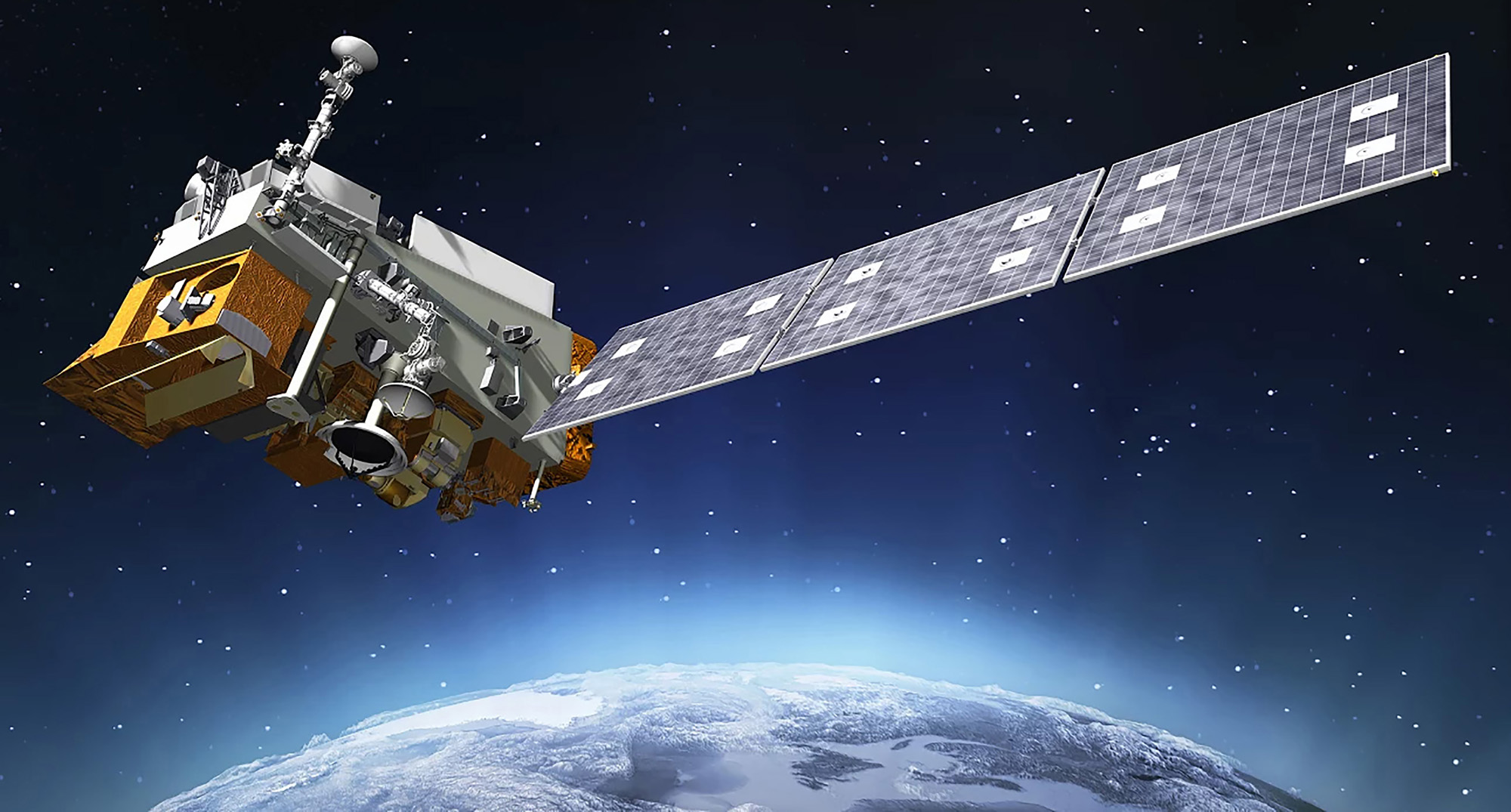High Winds Delay Launch of Advanced Weather Satellite JPSS-1

An advanced new weather satellite will now launch into space no earlier than Thursday (Nov. 16) after unacceptably high winds prevented an early-morning liftoff from California today.
The satellite, called the Joint Polar Satellite System-1 (JPSS-1), was scheduled to launch from Vandenberg Air Force Base atop a United Launch Alliance Delta II rocket at 4:47 a.m. EST (0947 GMT), but high upper-level winds and a range safety issue delayed the liftoff, ULA officials said. The mission will now launch Thursday at the same time: 4:47 a.m. EST. At attempted launch on Tuesday (Nov. 14) was delayed by a technical issue and boats in the launch range's offshore restriction area.
The JPSS-1 mission will map Earth's global weather like never before for NASA and the National Oceanic and Atmospheric Administration (NOAA). It is the first of a four-spacecraft fleet of next-generation weather satellites that will circle the Earth in a polar orbit to increase the accuracy of today's weather forecasts.
JPSS-1 will circle the Earth 14 times each day in an orbit 512 miles (824 kilometers) above the planet.

The JPSS-1 mission also marks one of the last-ever launches of a ULA Delta II rocket. The rocket will launch five small cubesats (including one that will use microwaves to track Earth's weather) into orbit along with the JPSS-1 satellite during Thursday's flight.
Only one more Delta II rocket mission remains after this launch, ULA representatives have said.
NASA will webcast the JPSS-1 satellite launch on Thursday, beginning at 4:15 a.m. EST (0915 GMT). You can watch the launch live here, courtesy of NASA TV.
Get the Space.com Newsletter
Breaking space news, the latest updates on rocket launches, skywatching events and more!
Email Tariq Malik at tmalik@space.com or follow him @tariqjmalik and Google+. Follow us @Spacedotcom, Facebook and Google+. Original article on Space.com.
Join our Space Forums to keep talking space on the latest missions, night sky and more! And if you have a news tip, correction or comment, let us know at: community@space.com.

Tariq is the Editor-in-Chief of Space.com and joined the team in 2001, first as an intern and staff writer, and later as an editor. He covers human spaceflight, exploration and space science, as well as skywatching and entertainment. He became Space.com's Managing Editor in 2009 and Editor-in-Chief in 2019. Before joining Space.com, Tariq was a staff reporter for The Los Angeles Times covering education and city beats in La Habra, Fullerton and Huntington Beach. In October 2022, Tariq received the Harry Kolcum Award for excellence in space reporting from the National Space Club Florida Committee. He is also an Eagle Scout (yes, he has the Space Exploration merit badge) and went to Space Camp four times as a kid and a fifth time as an adult. He has journalism degrees from the University of Southern California and New York University. You can find Tariq at Space.com and as the co-host to the This Week In Space podcast with space historian Rod Pyle on the TWiT network. To see his latest project, you can follow Tariq on Twitter @tariqjmalik.









